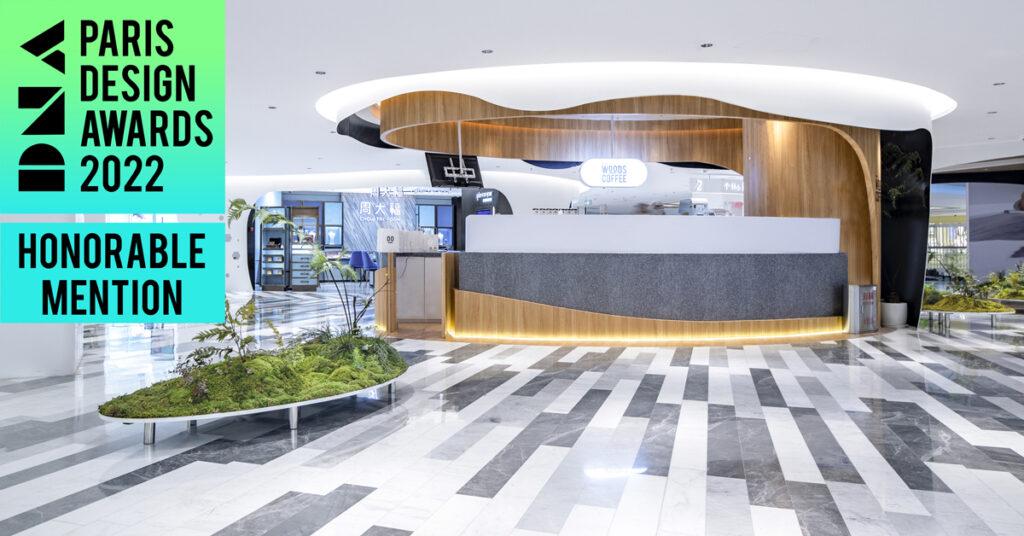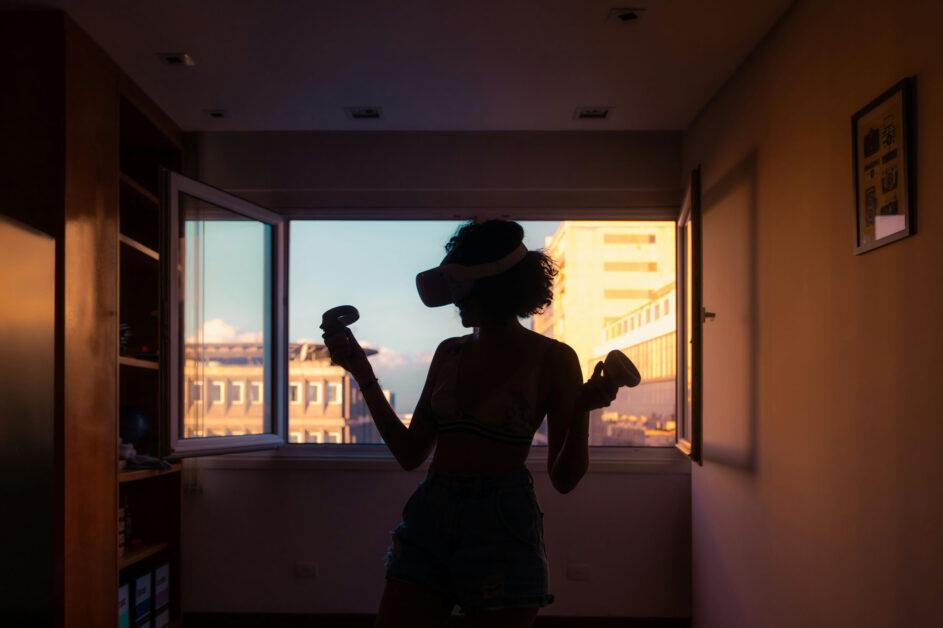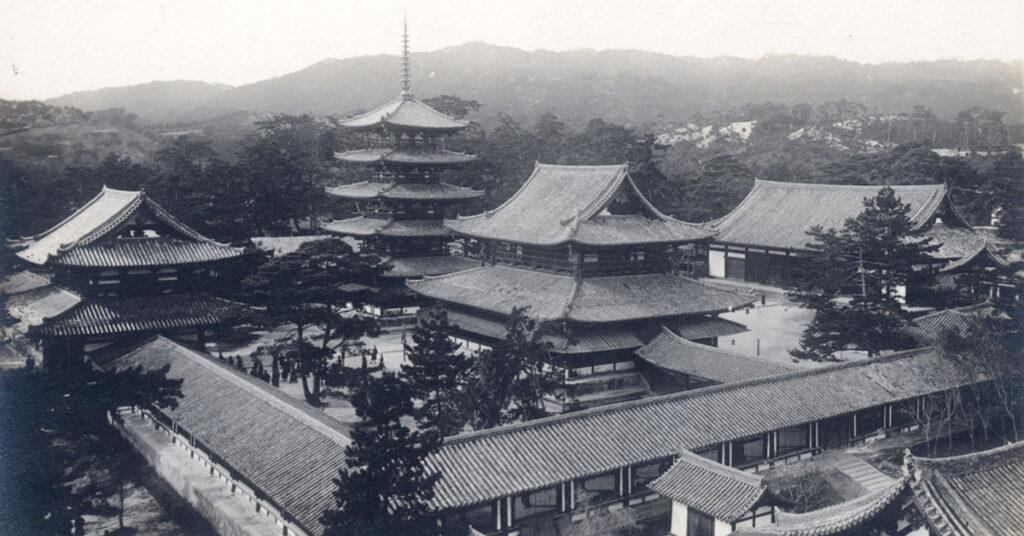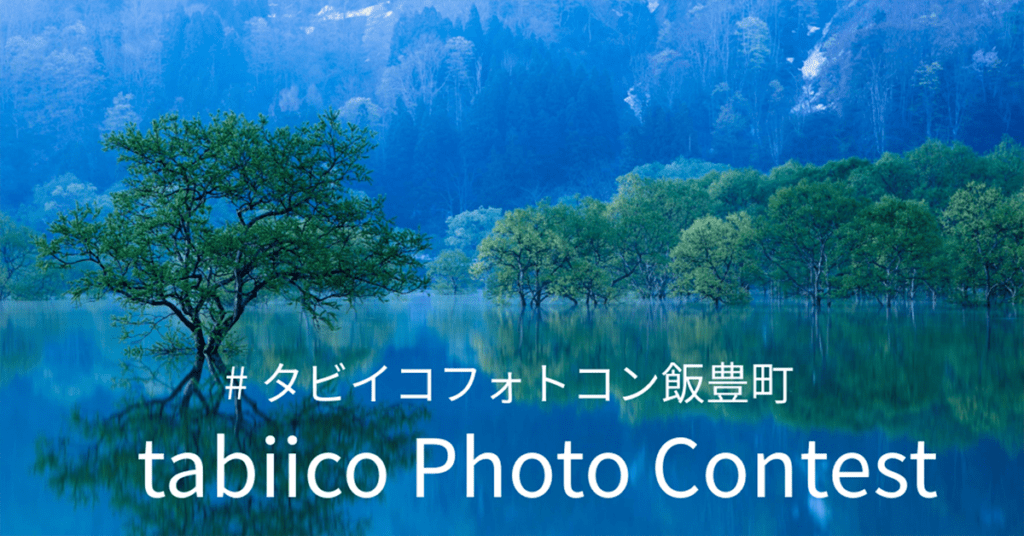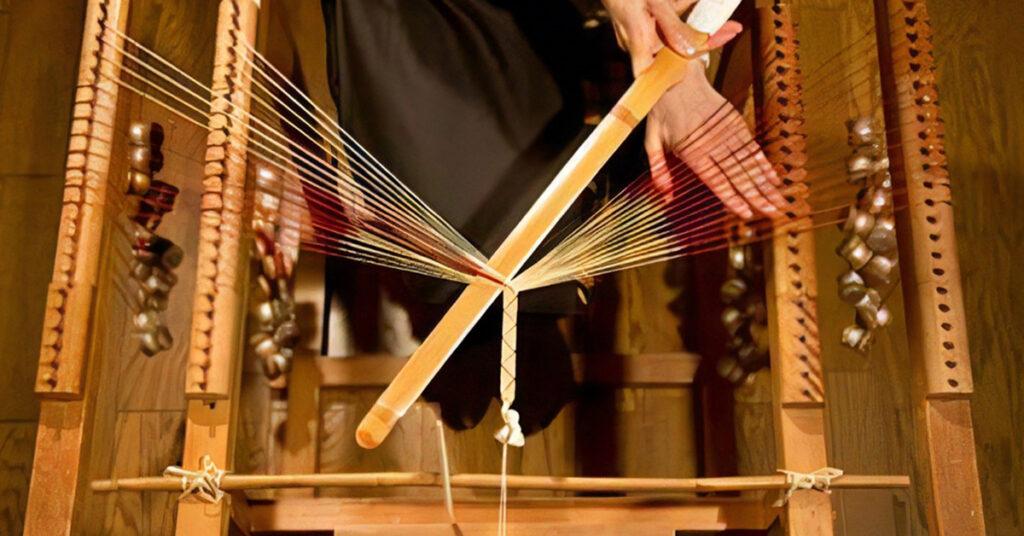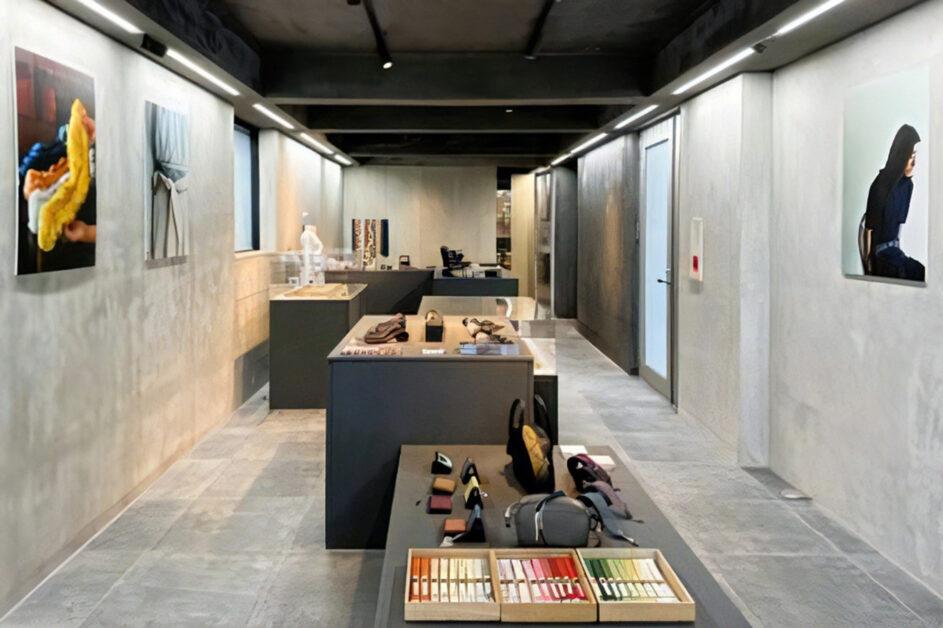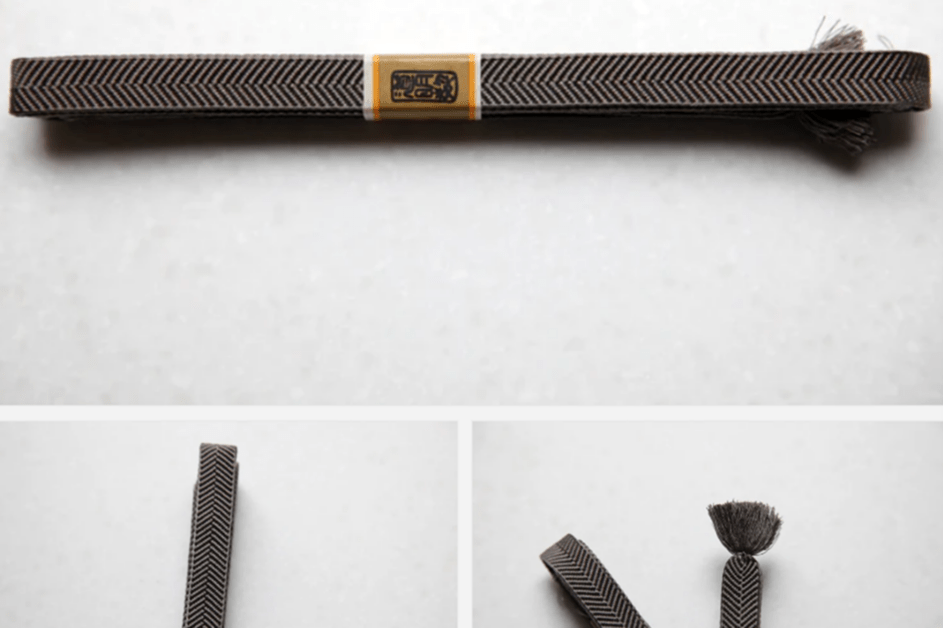The Latest Trends at a Glance, Introducing the World Design Awards
GARDE diligently participates in both national and international awards annually, striving to amplify recognition of the excellence inherent in its space and design, even post-project completion.
Among numerous esteemed entries, award recipients are chosen via impartial evaluation conducted by a panel of design experts serving as the jury.
Outlined below is a partial compilation of prestigious design awards that GARDE consistently enters each year.
DNA Design Awards Paris
Founded in Paris by the FarmaniGroup, in collaboration with the creative collective InBetween, these awards serve as a testament to their commitment to nurturing and honoring the world’s design talent. Through a diverse range of activities and awards, they aim to recognize the contributions of international architects and designers whose practical, beautiful, and innovative creations enrich our everyday experiences.
Click here to read about the latest winning article for this award.
International Property Awards
The awards were inaugurated in 1993 under the patronage of International Property Media Ltd. Particularly renowned is the Asia Pacific Division, acknowledged as a premier design accolade for the region. Entries pour in from 25 countries and territories across the Asia-Pacific Region, undergoing evaluation by a distinguished panel of approximately 80 experts.
Click here to read about the latest winning article for this award.
MUSE Design Awards
The awards are presented by the International Awards Associate (IAA), established with the mission to celebrate, promote and encourage creativity by providing a new standard for evaluating the production and distribution of media design. It is one of the most highly recognized awards, judged by a panel of about 40 judges from around the world.
Click here to read about the latest winning article for this award.
International Design Awards
Established also by FarmaniGroup to recognize, celebrate and promote design excellence in architecture, interior, product, graphic and fashion design foresight and to discover new talent from around the world. All entries are judged on the same criteria by industry experts with at least 15 years of experience.
Click here to read about the latest winning article for this award.
iF Design Award
Established in 1953 under the patronage of the Germany-based International Forum Design (Industrial Design Association), these awards are renowned for their exceptional design and societal contributions. With over 7,200 entries from 56 countries submitted to the competition, a jury comprising 132 distinguished design professionals from more than 20 countries meticulously selects approximately 20% of the entries to receive awards.
Click here to read about the latest winning article for this award.
DFA Design for Asia Awards
The DFA Design for Asia Awards stands as the flagship initiative of the Hong Kong Design Centre (HKDC), honoring design excellence and acknowledging remarkable design from an Asian viewpoint. Since its establishment in 2003, the DFA Design for Asia Awards has offered a platform for exceptional designers and companies to present their designs and projects to a global audience.
Nikkei New Office Award
Established by Nikkei Inc. and the New Office Promotion Association (NOPA), these awards aim to foster the development of “New Offices” and honor offices that showcase originality and innovation. Judging criteria include the comfort of workers, the creation of a conducive environment for creativity, consideration for the local surroundings, and the integration of information technology to facilitate intellectual production activities.
Indeed, aside from the awards highlighted in this article, there exist numerous other prestigious design accolades.
Observing the award presentations of each competition offers a valuable opportunity to stay abreast of the latest design trends and refine one’s design sensibilities.
Immersing oneself in the world of design through these experiences is truly enriching.
Stay tuned for future award announcements, which will be featured in our newsletter and Design Magazine.

